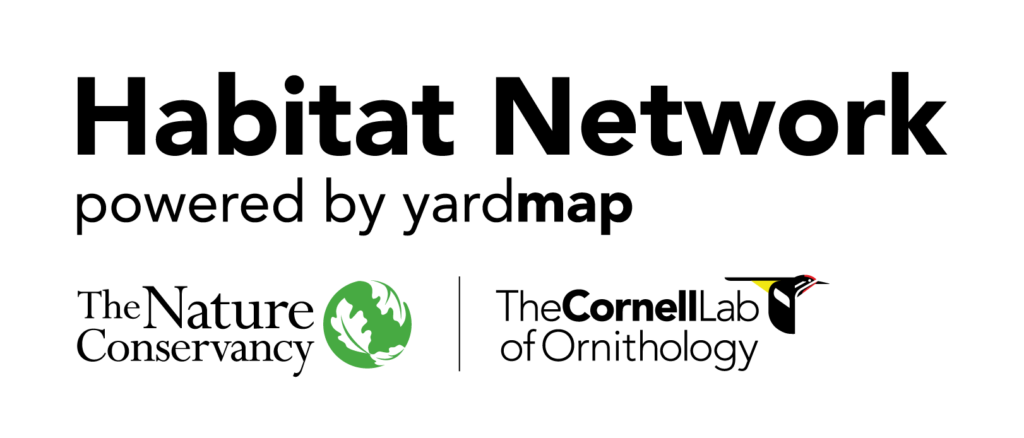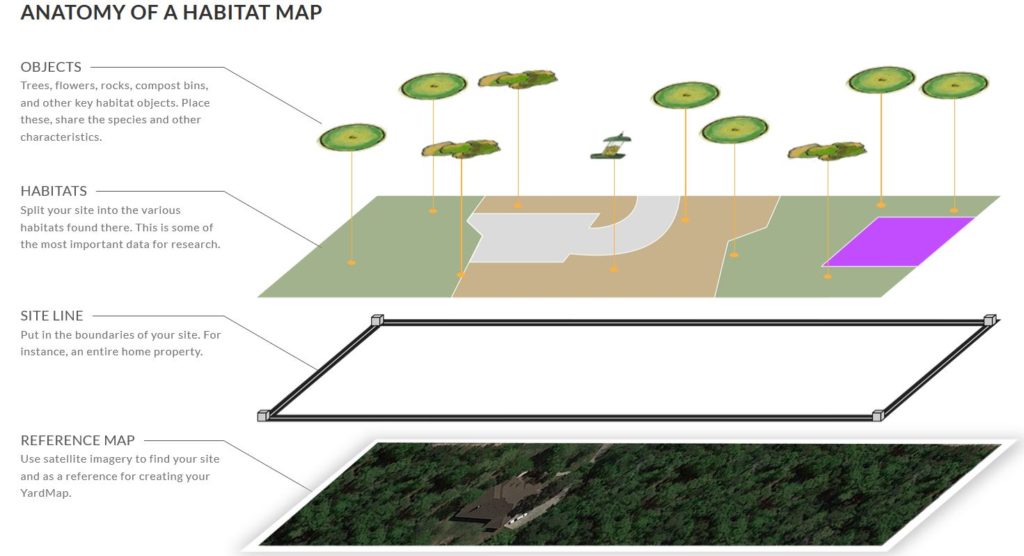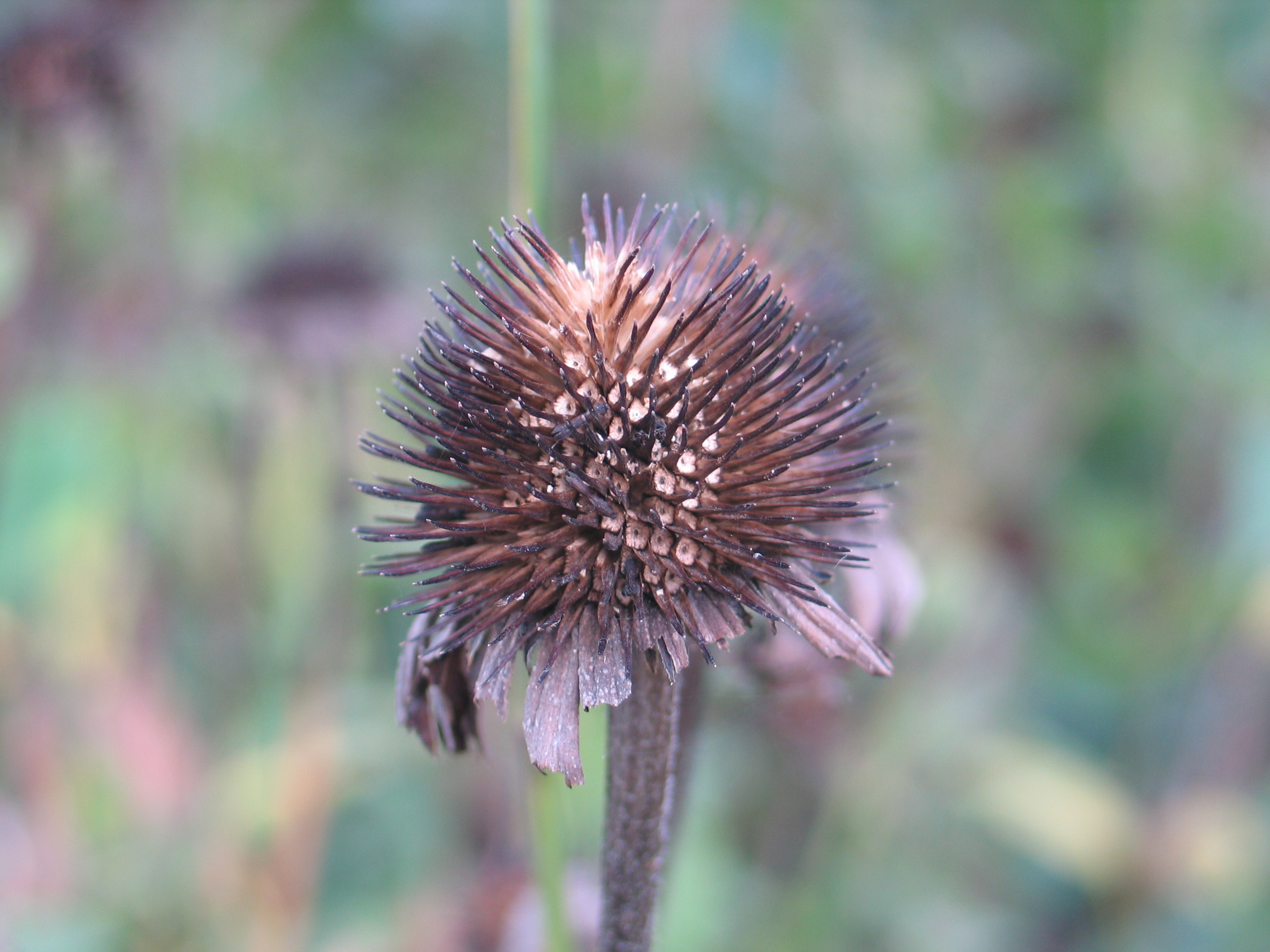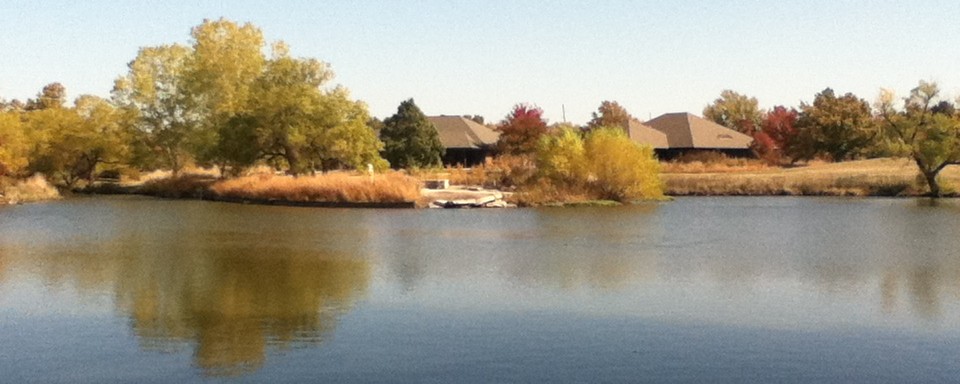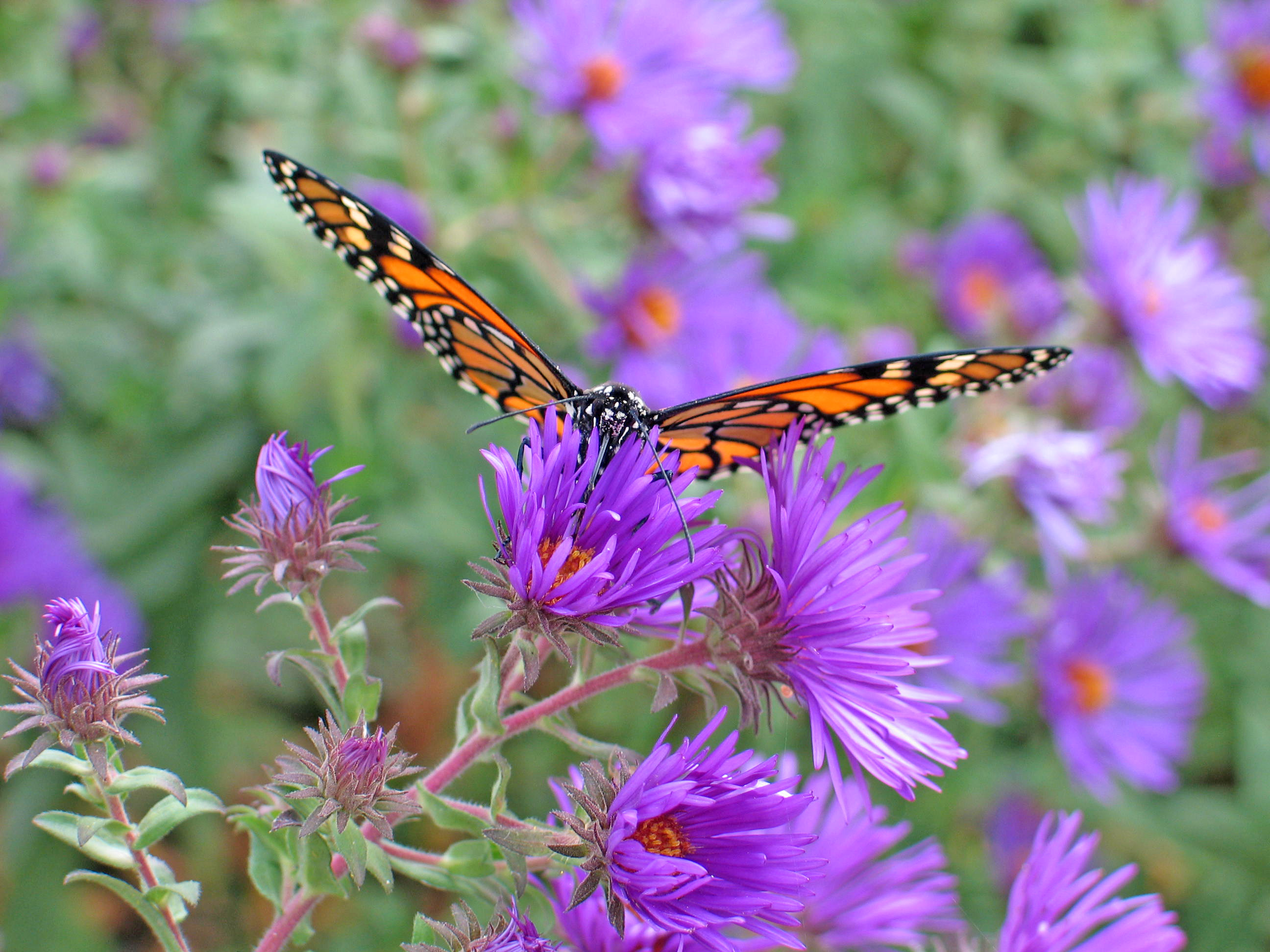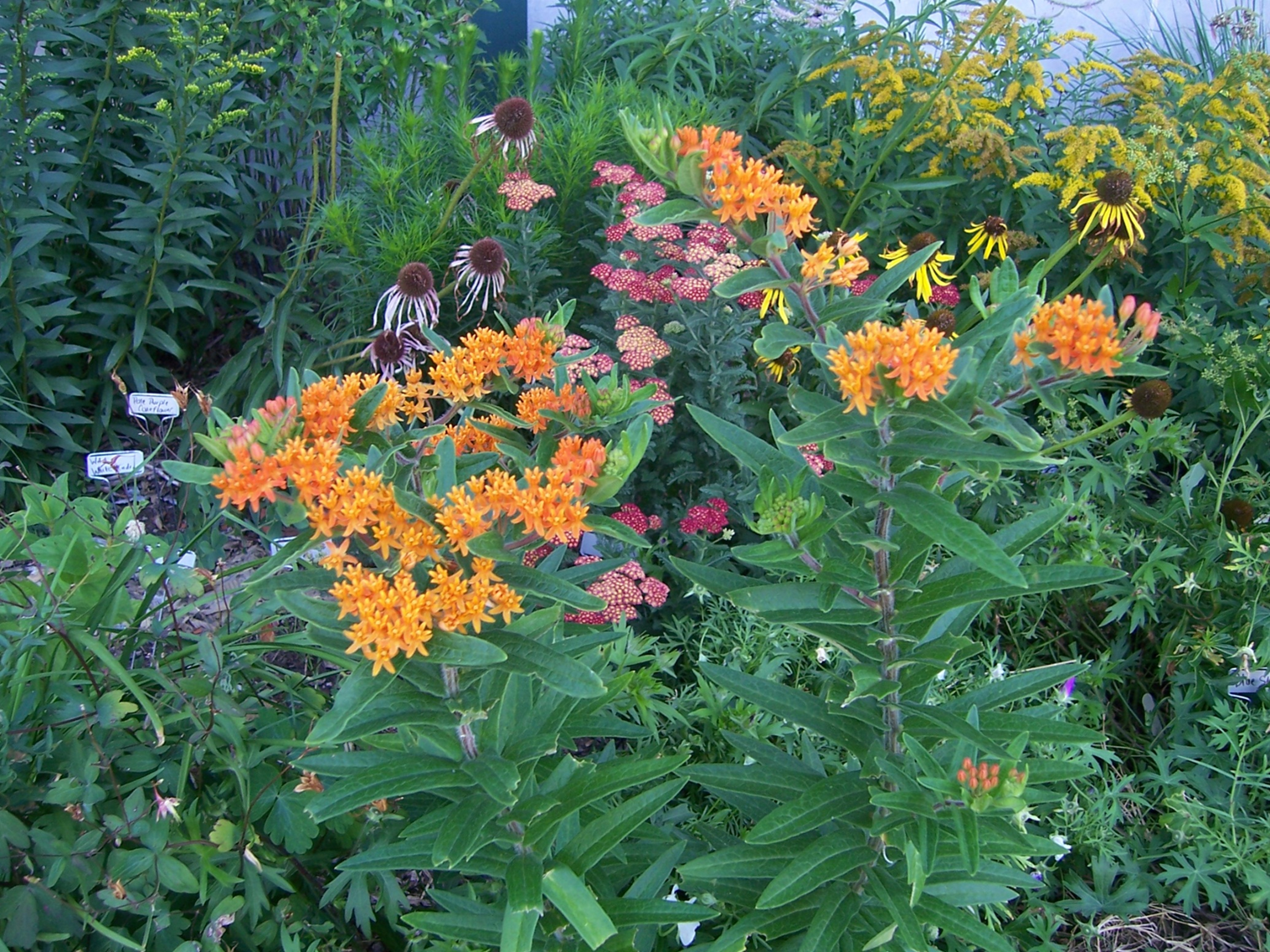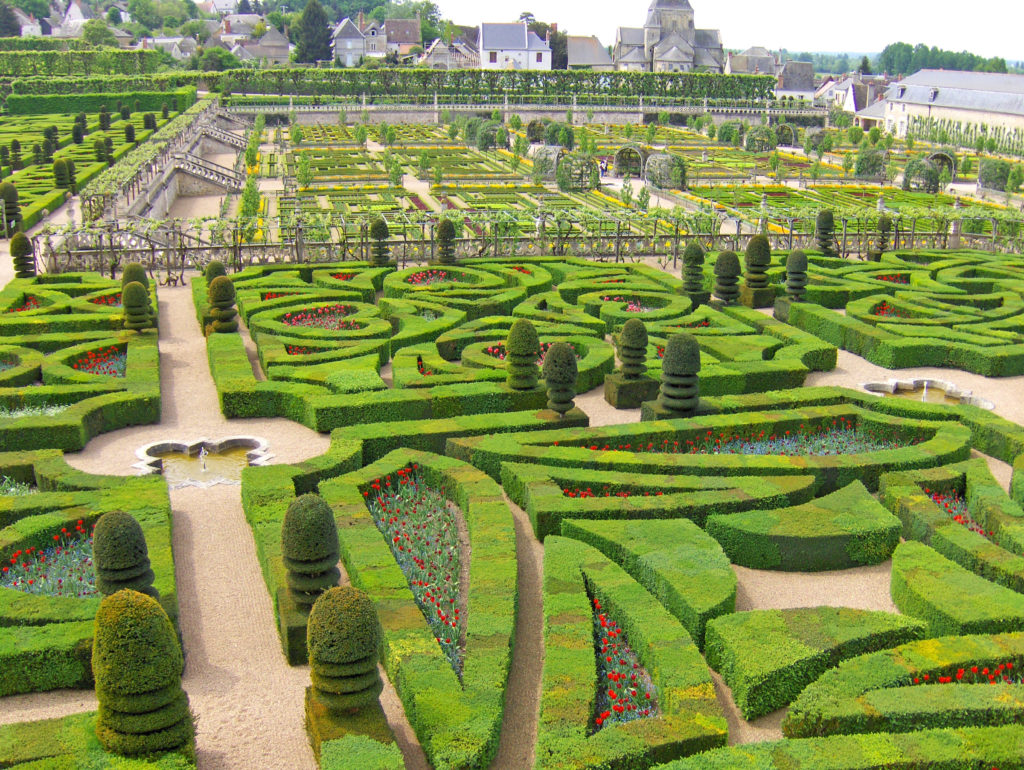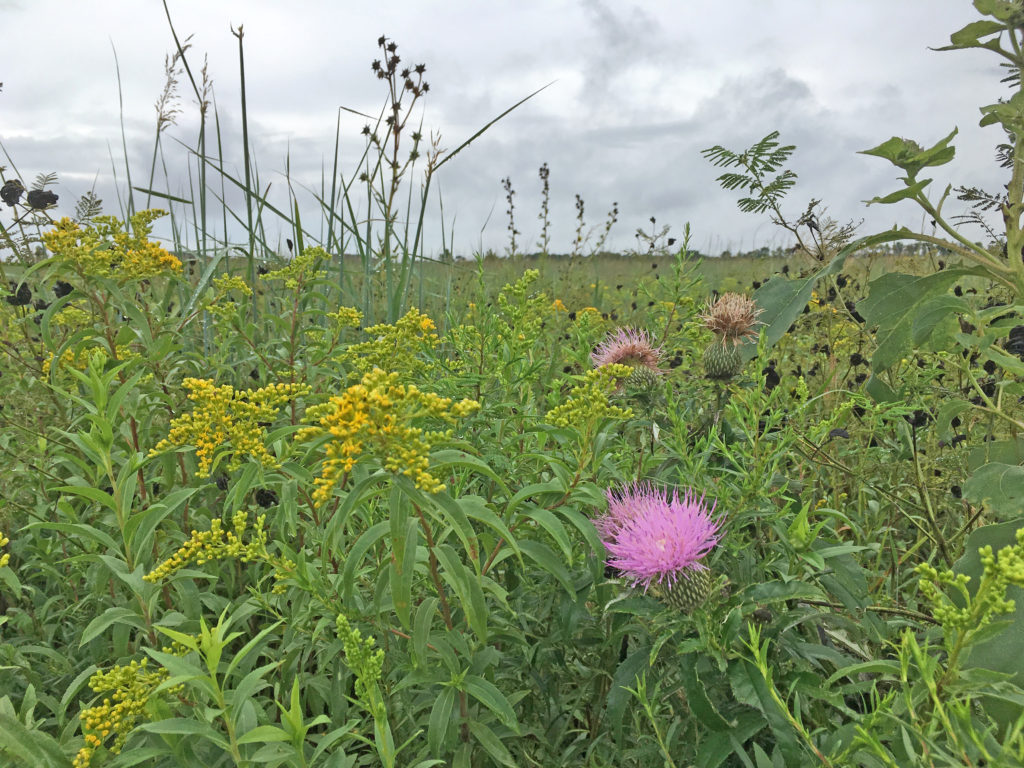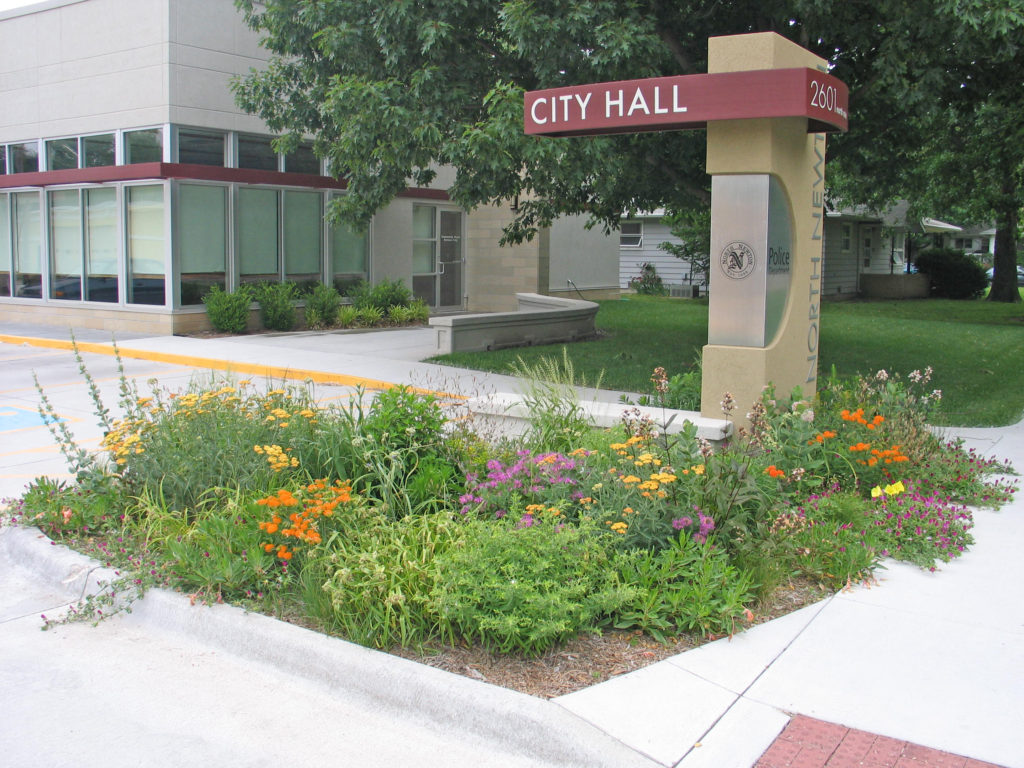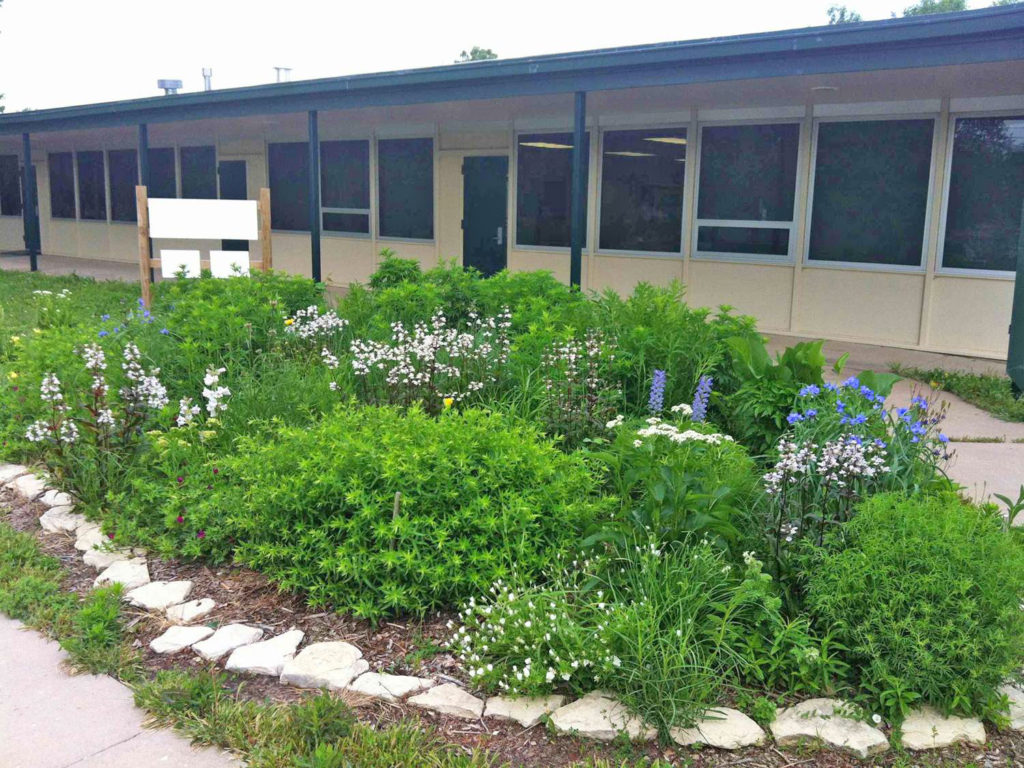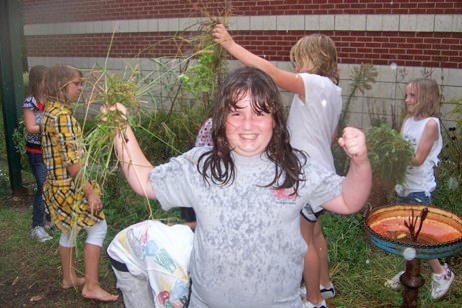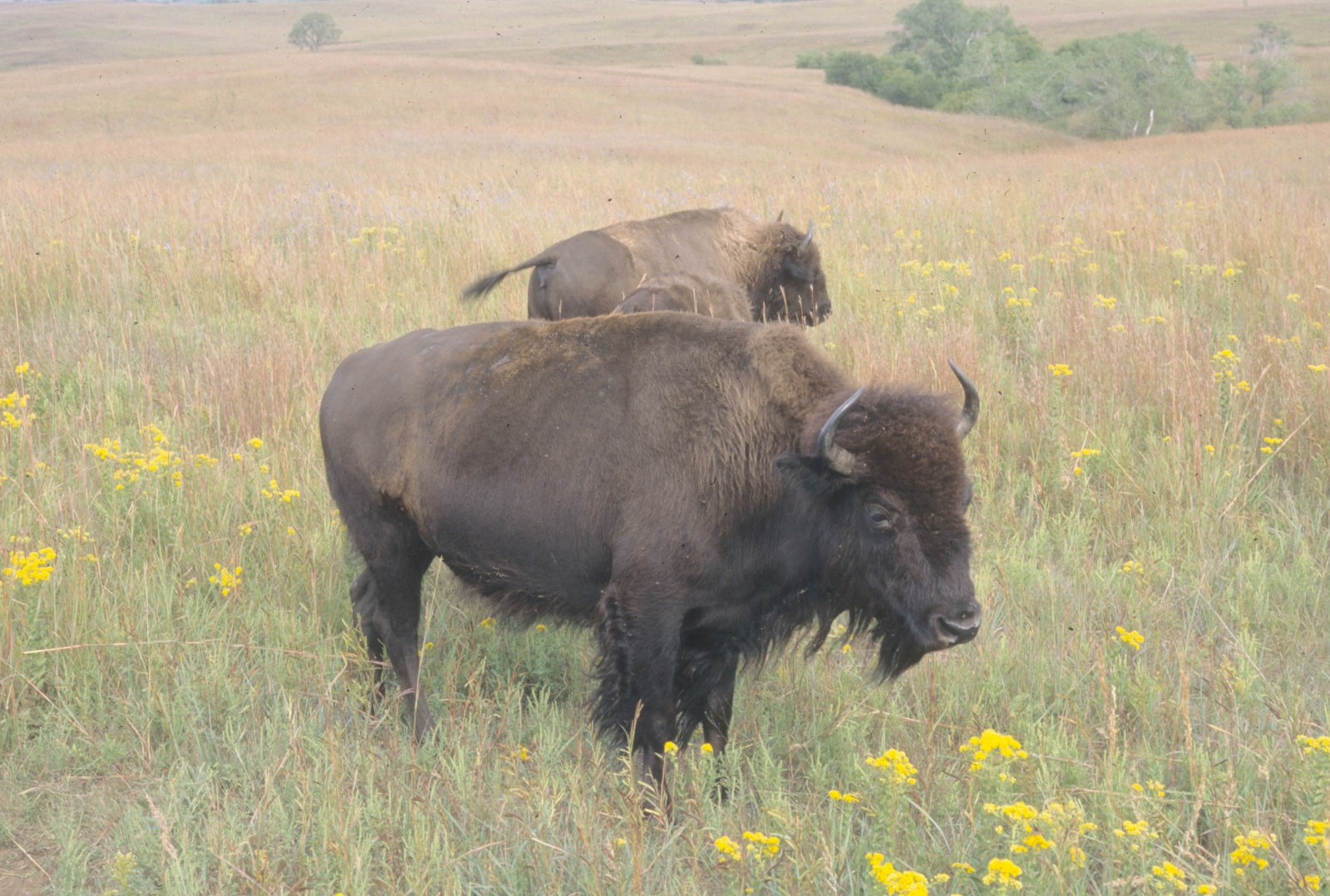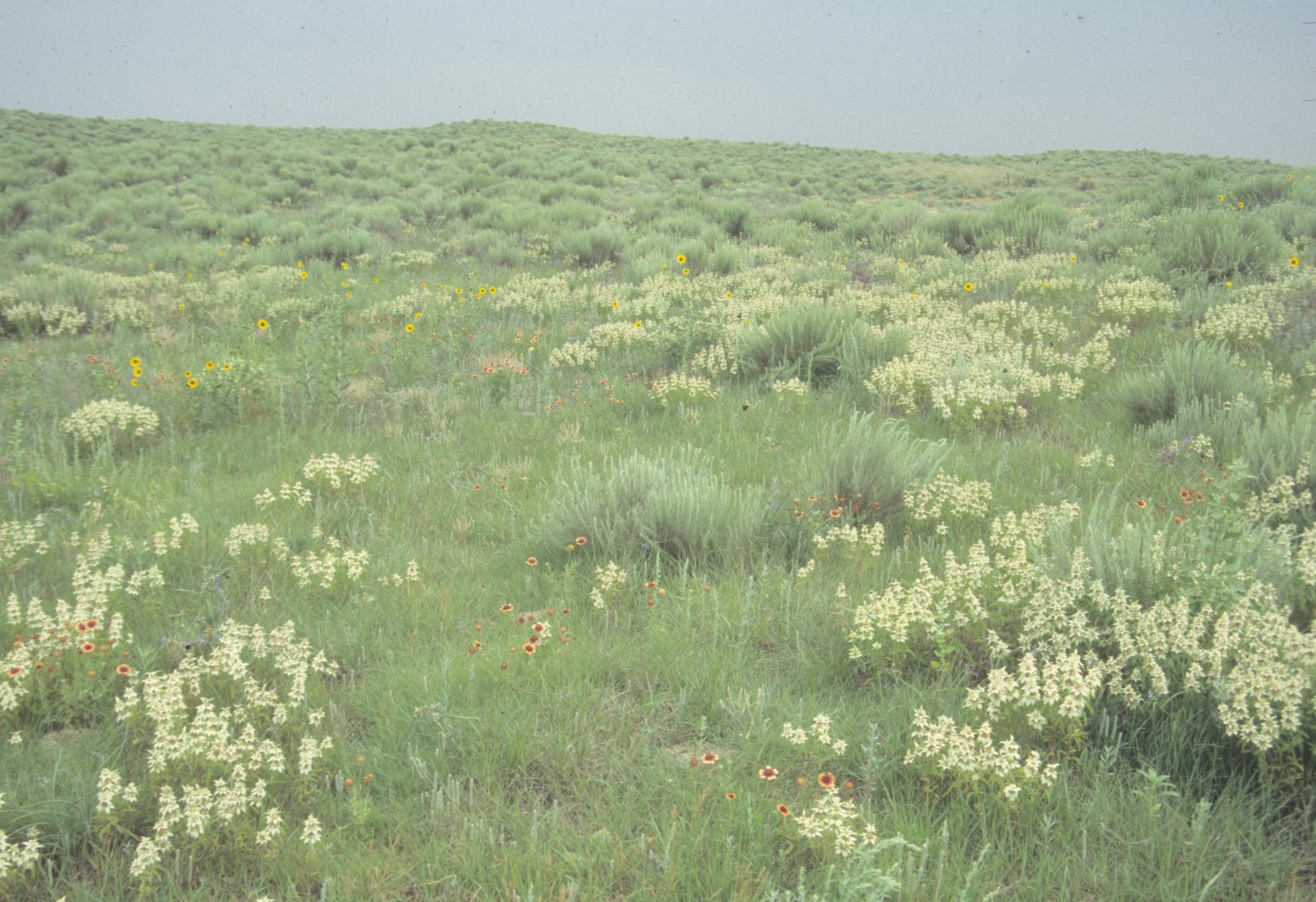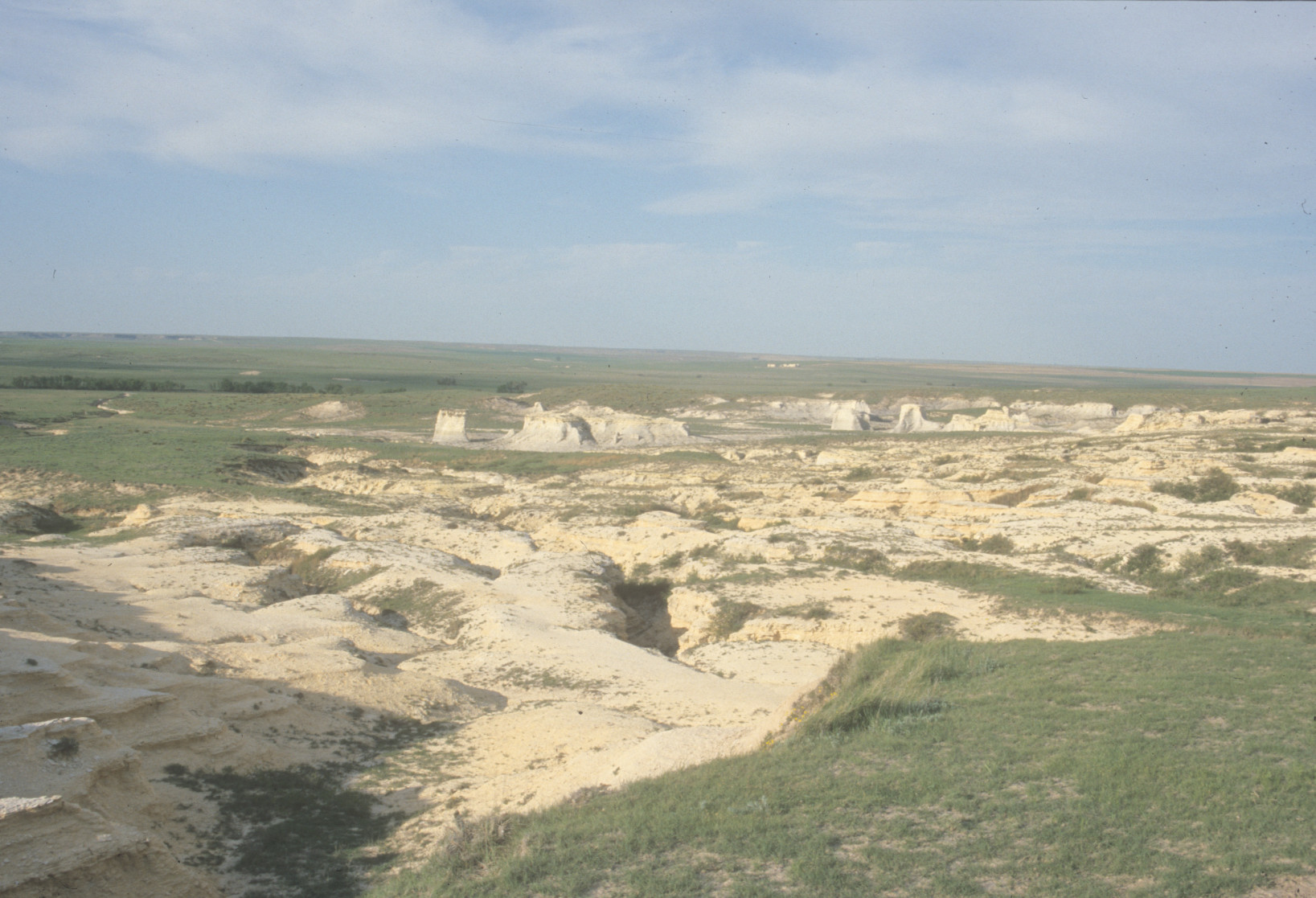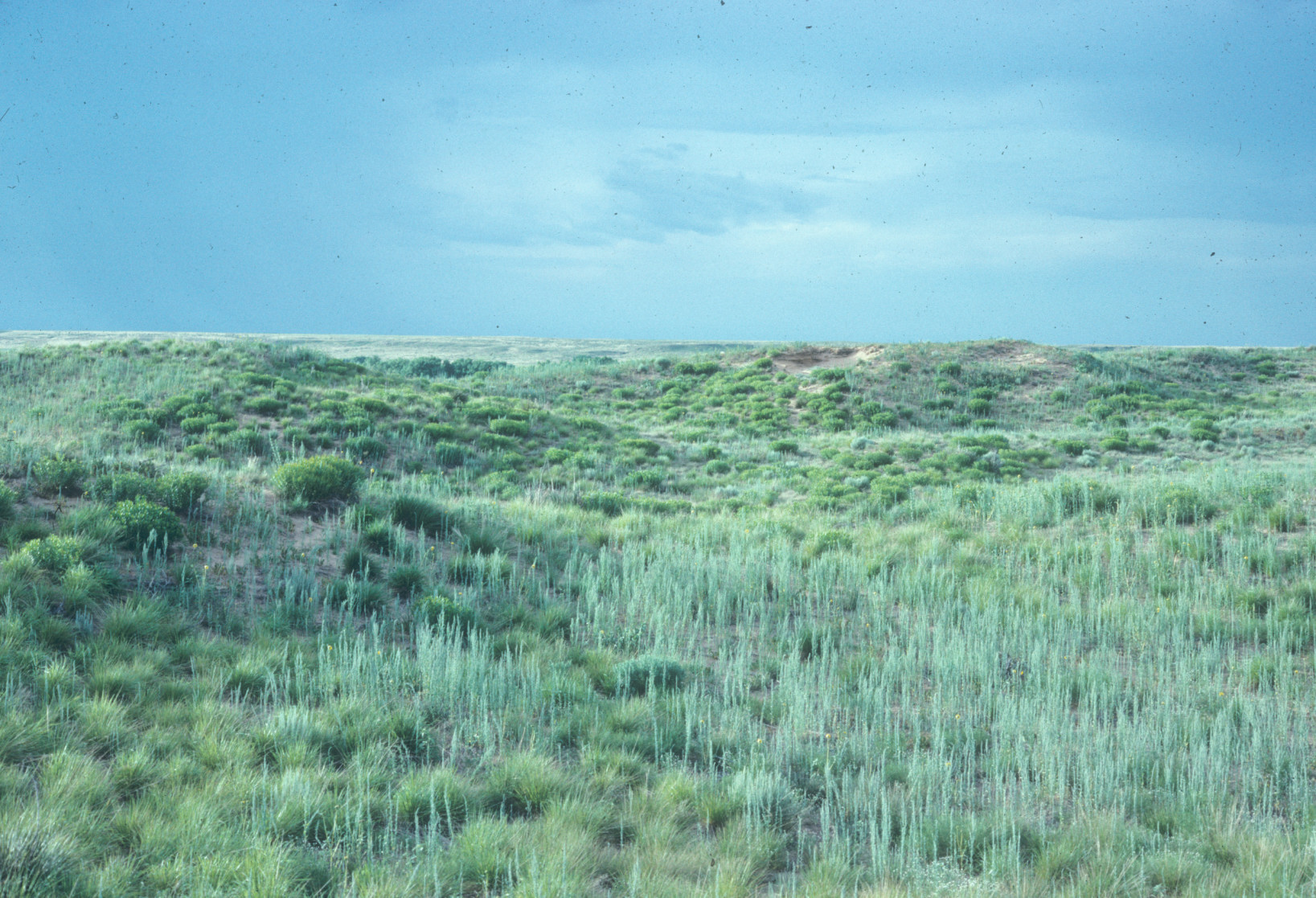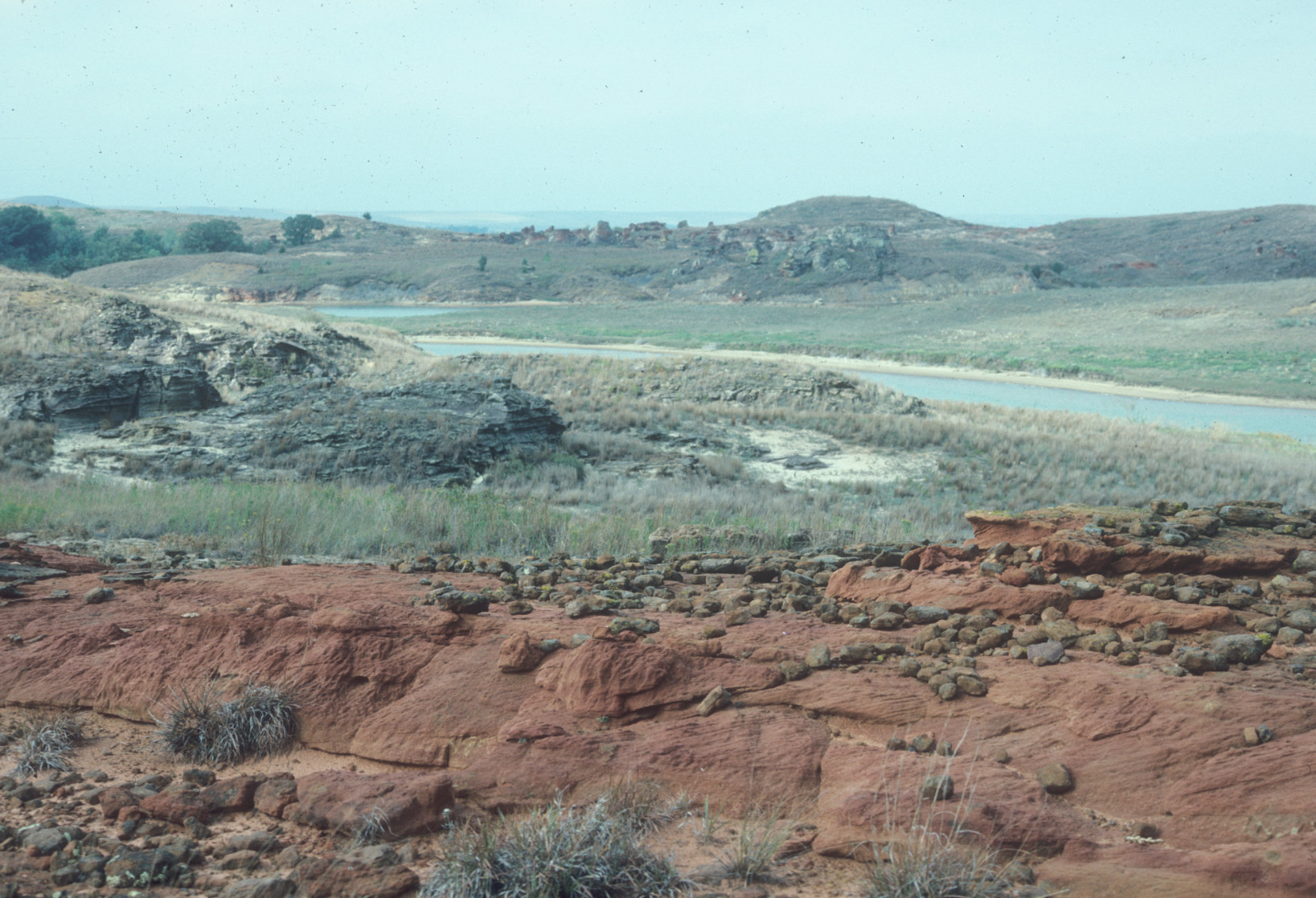“If you build it, they will come.”
I often use this phrase to describe my home prairie garden which is a common misquote from a favorite 1989 baseball movie, Field of Dreams. The actual quote uses he, not they…multiple baseball players walk out of the cornfield when he builds the field…hence the likely confusion. Nevertheless, the premise of my misquote seems to be proven by my observations. Insects and a whole host of other wildlife species come to my yard, because of the plants I am adding to my landscape.
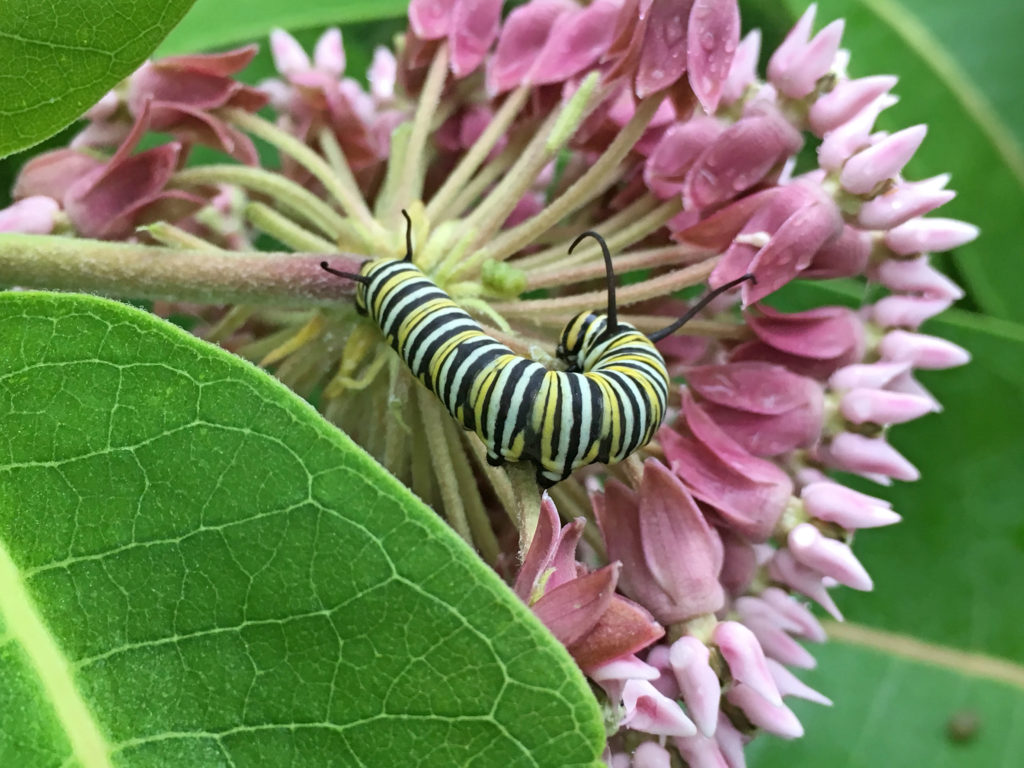
I haven’t done any quantitative sampling of insects in my yard to prove with statistical certainty that landscaping with native plants has increased the presence of fauna around my home. However, every year I do see what seem like increasingly more insects, as well as other animals that eat insects, around my yard. Therefore, I am deducing that Kevin Costner’s quote (or my made-up version) rings true for me.
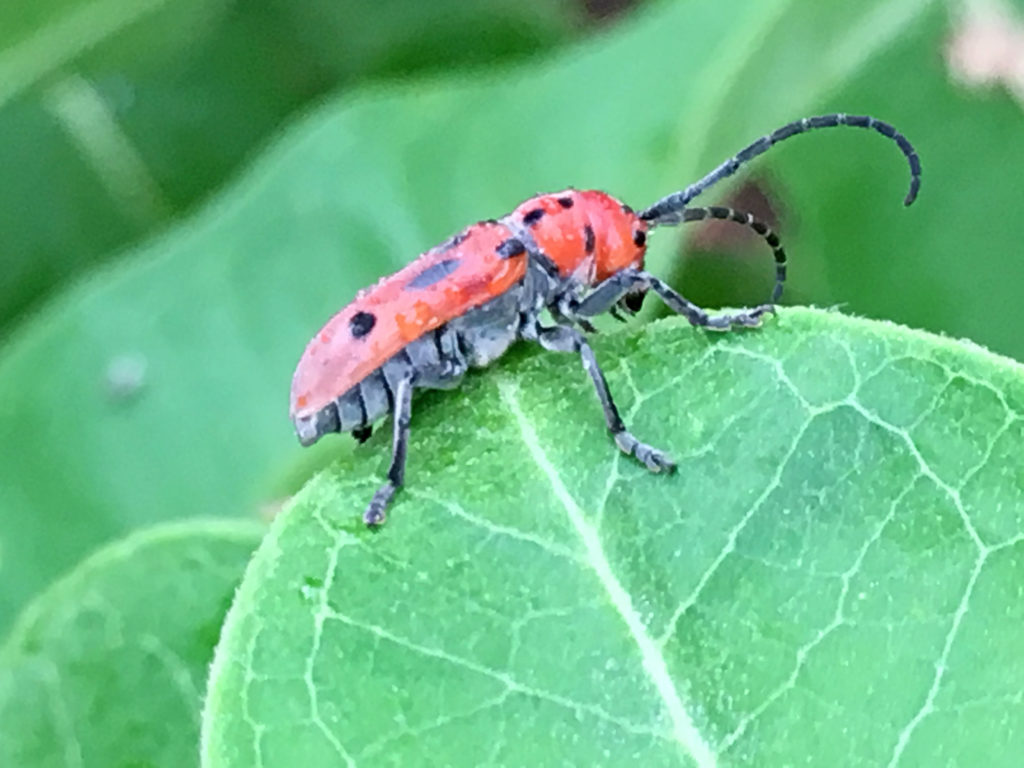
A Diverse Food Web
It would make sense that an increase in insects in my yard would happen as plant diversity increases in our landscape. The principles of ecology and trophic levels of food webs tell us this will happen. In a previous blog post (In Awe of Insects), I discuss an Earth Partnership for Schools curriculum activity called “Sweeping Discoveries.” We do this activity at Dyck Arboretum on a regular basis with teachers and students to test whether insect diversity is higher in a fescue lawn or prairie garden. The prairie garden always produces greater numbers and greater diversity of insect species.
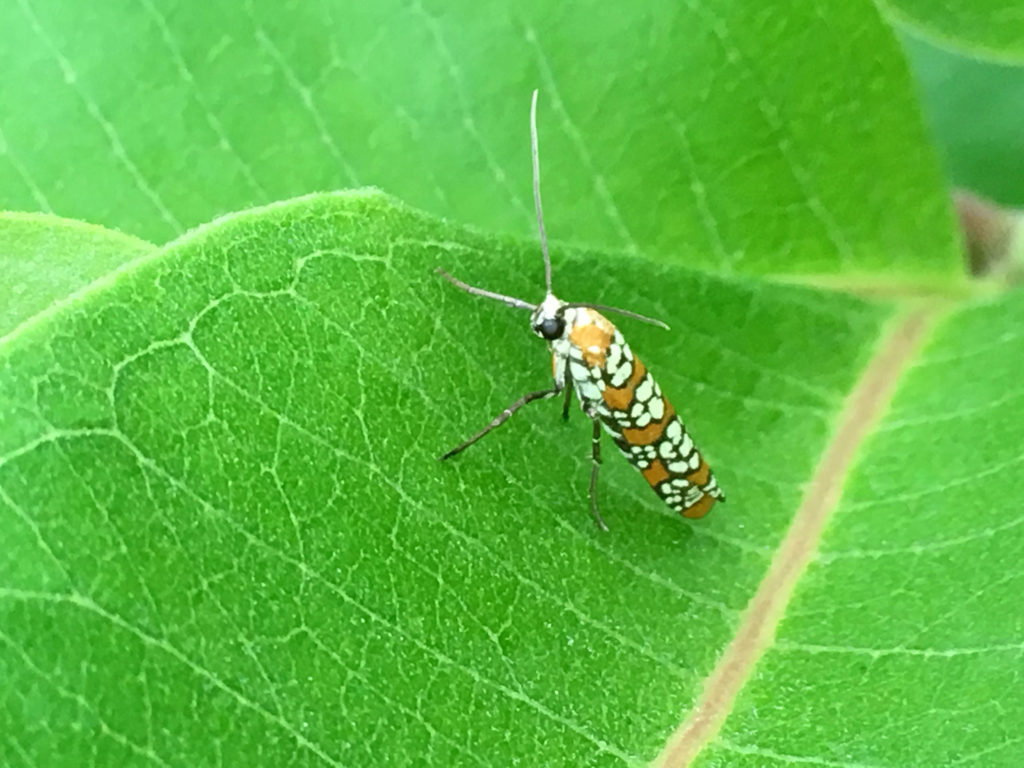
Plenty of Moisture
Another factor coming into play that is likely causing a bountiful number of insects in our yard has been an abundance of rainfall in the first half of 2019. Roughly half of the Newton, KS area’s 34 inches of average annual precipitation fell in record-breaking fashion during the month of May. Not only is this prairie garden mature, since I have been adding to it regularly for 15 years now, but the existing plants are reaching their maximum size and duration of flowering due to the abundant moisture. There is plenty of host plant material and nectar right now for insects.
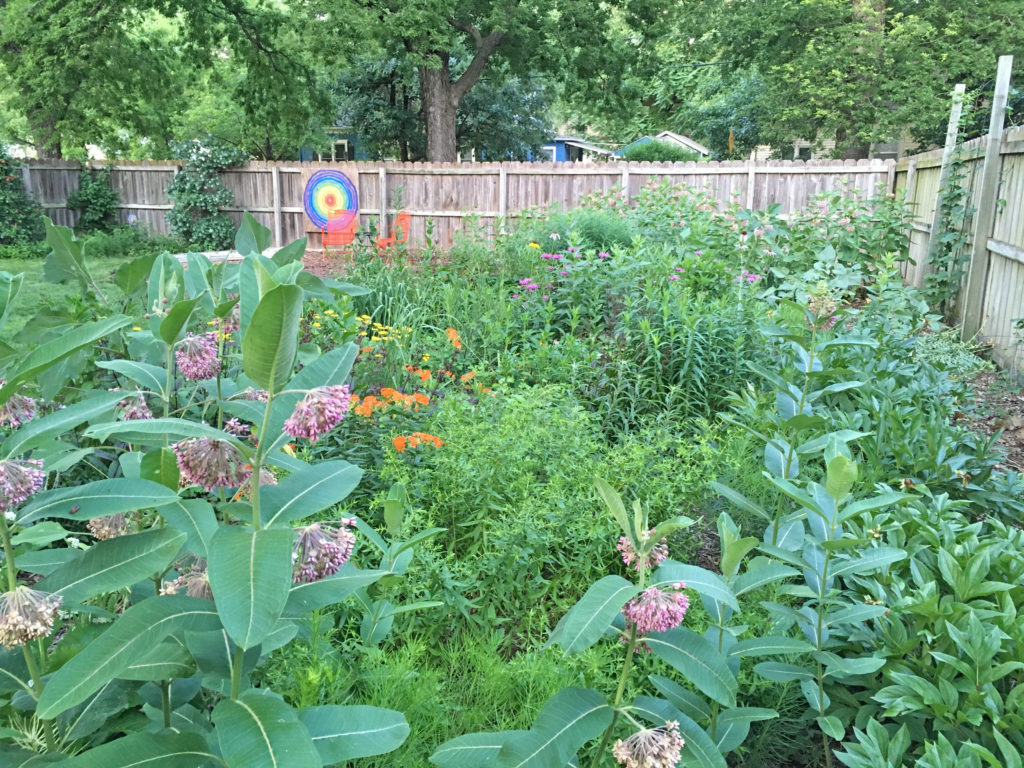
Herbivores and Carnivores
I make daily morning/evening
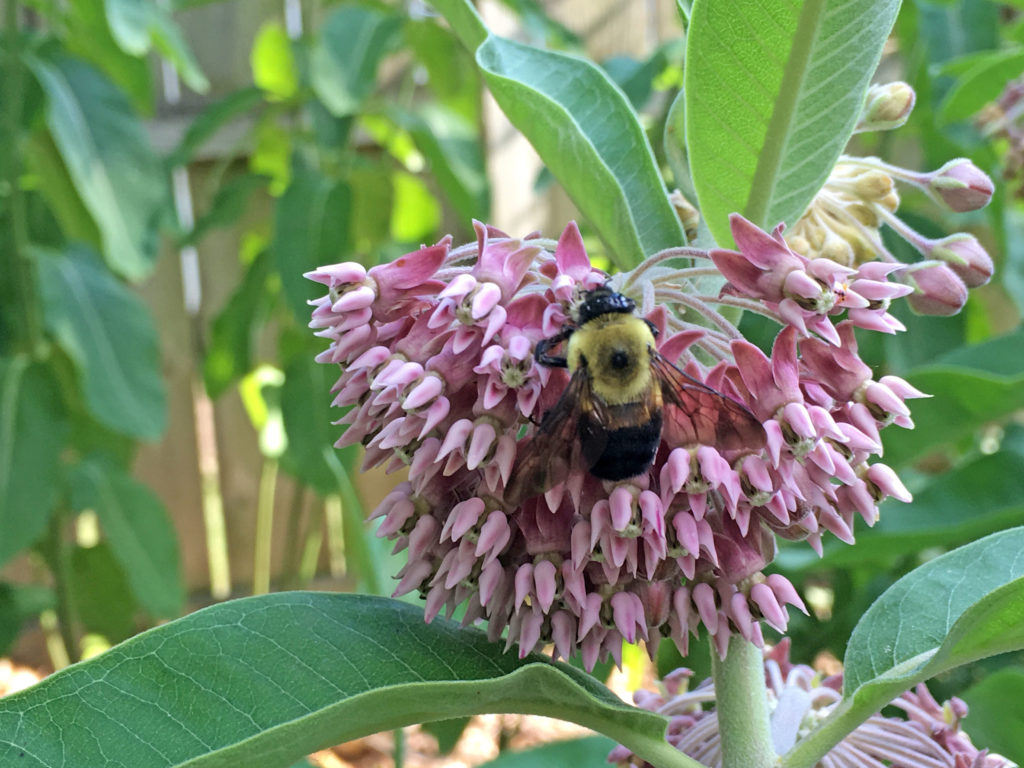
As one would expect, species that eat insects should also be abundant. Insectivorous birds common around our urban yard include grackles, cardinals, brown thrashers, black-capped chickadees, Carolina wrens, bluejays, starlings, Baltimore
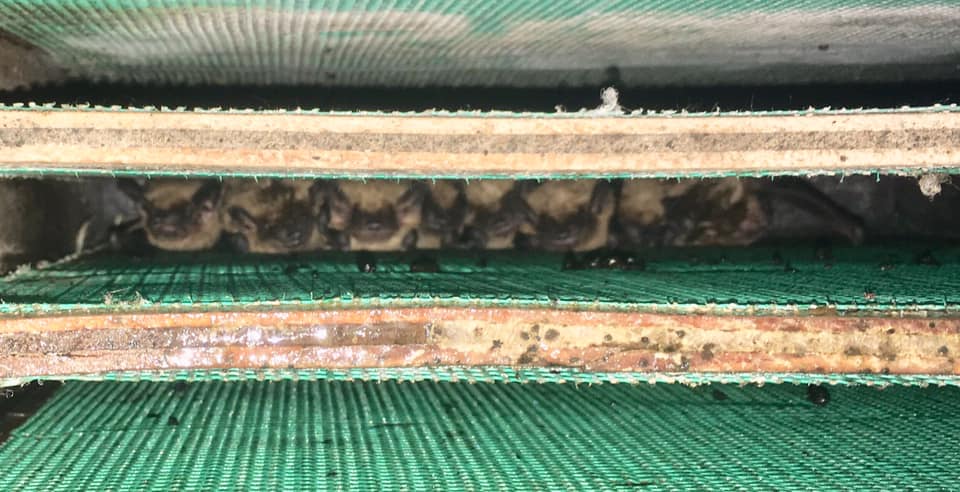
Harvey County Butterfly Count
If you have any interest in learning more about the butterflies in Kansas and even if you are a butterfly novice, consider joining me and others this Saturday, June 22,
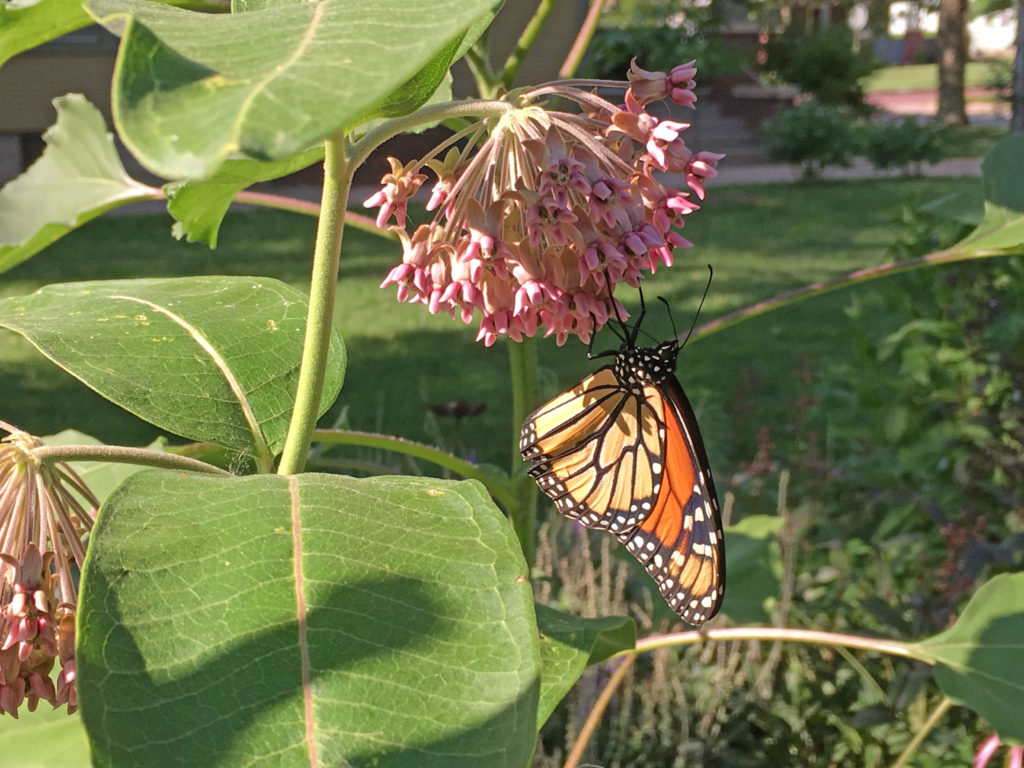
Now, get out there and tune into the fascinating world of insects around you. Consider what you can do to add more plant diversity, and ultimately more insect and wildlife diversity to your landscape. Both you and the insects will benefit.


